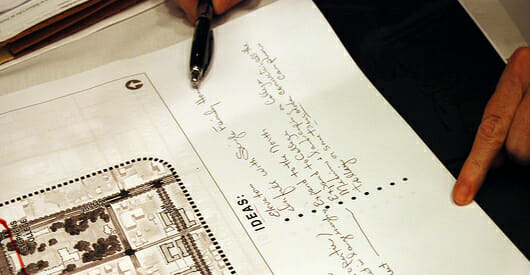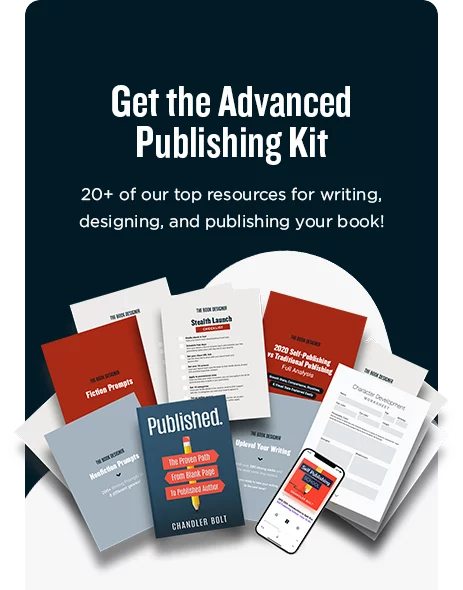Planning Your Book

You’re ready to take the information and education you’ve gained from your research and apply it to your own book.
You’ve learned that the biggest complaint about self-published books is their lack of professional editing. Although you’re anxious to see your book in print, you realize you’ll have to go through a process to make sure you’ve created the best product you can for your particular market and the goals you’ve set for your book.
But first we address the manuscript itself, and how it becomes a book. Whether you use a professional editor, or plan to edit your book yourself, you can pick up a lot of useful information that will help guide you in the process. Understanding how books are constructed will give you a reliable blueprint to putting your book together.
Creating Books from Manuscripts
What Every Self-Publisher Ought to Know about Editing
An Unabridged List of the Parts of a Book
Self-Publishing Basics: Book Chapters and Subheads
Self-Publishing Basics: The Copyright Page
6 Copyright Page Disclaimers to Copy and Paste, and Giving Credit
Part of being a self-publisher is understanding rights and contracts, and particularly taking responsibility for your own copyright in your work. Copyright is an intellectual property, not real property like a house, but it’s no less valuable. Intellectual property has rights that will outlast its creator, and getting copyright clear is a basic publishing task.
This is one of the reasons I’ve written so many articles about copyright for the self-publisher. There’s a number linked below, and the information here will help you understand what copyright is, and what it isn’t.
You’ll get guidance on putting together your copyright page, adding disclaimers, how to copyright your book with the Libarary of Congress and a lot more. It’s a quick education in copyright, especially for self-publishers.
Copyright
Self-Publishing Basics: A 5-Minute Guide to Copyright
How to Copyright Your Book
CIP: What It Means, How to Read It, Who Should Get It
What Every Writer Ought to Know about Fair Use and Copyright
Creative Commons: What Every Self-Publisher Ought to Know
Getting Organized
When your manuscript is ready and you understand how your rights will be affected by publication, and how to protect them, you can move along to how you will organize your book. Does your book need an index? Will you need to hire an artist or illustrator to show processes or graph data?
You’ll want to check for consistency in your manuscript, before you get to typesetting and layout. Using a style sheet can help keep track of formatting elements, overall themes, or specific forms of spelling and address that should be consistent throughout your manuscript.
If your book is instructional, have you thought about enhancing its value by including a glossary or resource list for people starting out? There are almost endless ways to add value to a nonfiction book.
Who are the professionals, if you choose to hire them, who will guide you and help you navigate the book publishing process? Or do you plan to do-it-yourself?
Making decisions about your book shows how important it is to get clear about your aims. How you approach putting your book together should be dictated by how, and to whom, your book will be marketed.
More Articles on Planning Your Book
How Long Should Your Book Be?
Pagination Styles: Shall We Kill the Widows and Orphans?
It’s time to get into the nitty gritty of creating your book. And the first thing you’ll need is an Understanding of Fonts and Typography, so read on.

